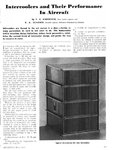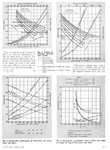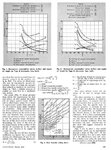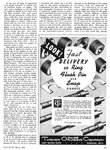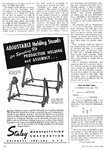Deleted member 68059
Staff Sergeant
- 1,058
- Dec 28, 2015
Well it sounds to me like you need to find someone with access to millions of pages of WW2 aviation technical reports, access to Rolls-Royce Archives , who has interviewed the son of the Chief Designer at Daimler-Benz AG has a current career in high performance engine design up to and including for Formula One Engine constructors - and a proven track record to write you a book about engines? 
Since it wont be published until August 2018, I`m planning on making a series of videos on aero-engine design to help promote the book before its published. If anyone has specific suggestions I`ll be happy to start on those first.
Since it wont be published until August 2018, I`m planning on making a series of videos on aero-engine design to help promote the book before its published. If anyone has specific suggestions I`ll be happy to start on those first.


